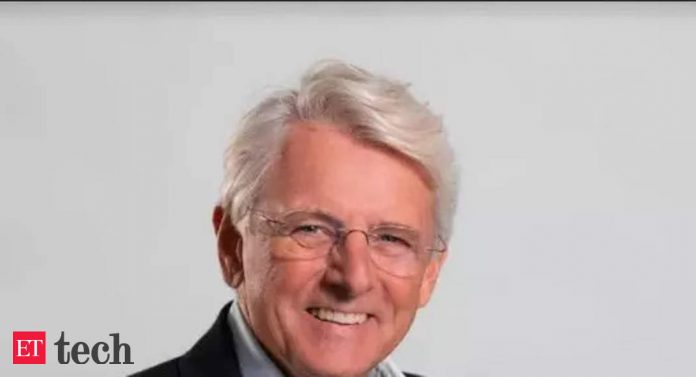A large part of the development is happening out of India, which has about a quarter of its total employee base.
“Historically, the bulk of the investments for digital maps went into Europe and North America. The demand is going up and the technology to produce maps is also maturing rapidly, so now we can build better products for continents where traditionally we have less of a presence, and that will open up a whole new bunch of business opportunities for us,” he said.
Goddijn, who is one of the cofounders of the company, declined to share an exact timeline as to when the product would likely be launched.
India, with about 1,000 employees, is home to a significant part of the technology team at TomTom.
Goddijn was in India for the launch of the company’s new office, among the first to be designed for a post-pandemic world. Unlike traditional workplaces, the focus of the new office is creating space for teams to collaborate with employees no longer having dedicated work desks.
“If our employees are happy with it and take to it, we may roll it out across our other offices globally,” said Goddijn.
While drones are expected to be a relatively small part of the future demand, and not an area where TomTom is aggressively focusing on, Goddijn expects the electric vehicles segment to be an important demand driver.
“It’s a very important segment. It’s a part of the automotive environment, but electrical vehicles need better information because you have charging range anxiety and want to know how far you can go before you need to charge the car,” he said. “Carmakers are equipping older electric vehicle cars with sophisticated mapping technology to enable this functionality and we see it as an important extension of what we are doing, from guidance for navigation to safety and vehicle management.”
Mapmaking, he said, has evolved significantly in the last few years, with the company now having access to real-time on-road data. This helps it update road signs and other landmarks on a more regular basis, increasing the accuracy of the product.
“More and more of the work has become automated and that has accelerated over the last few years,” he said.

























